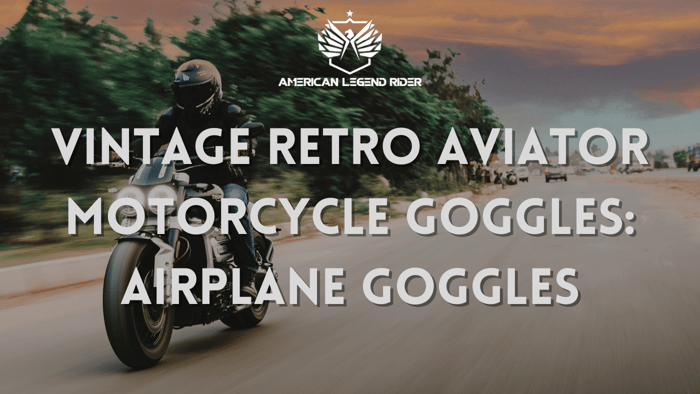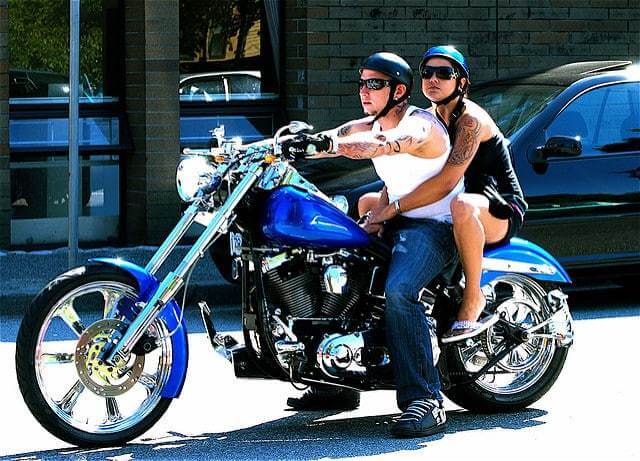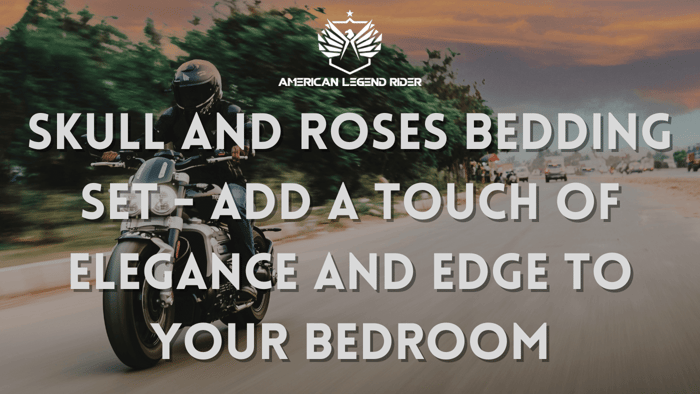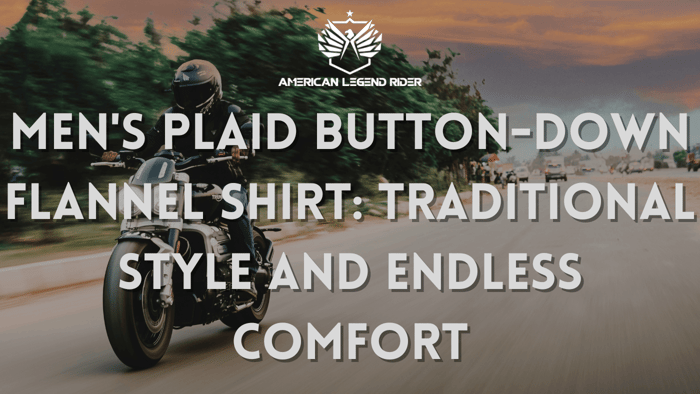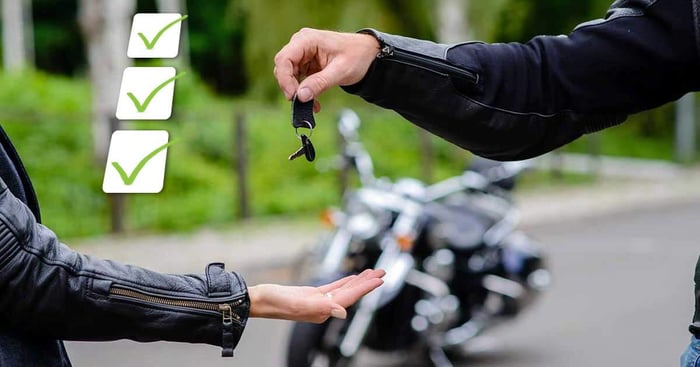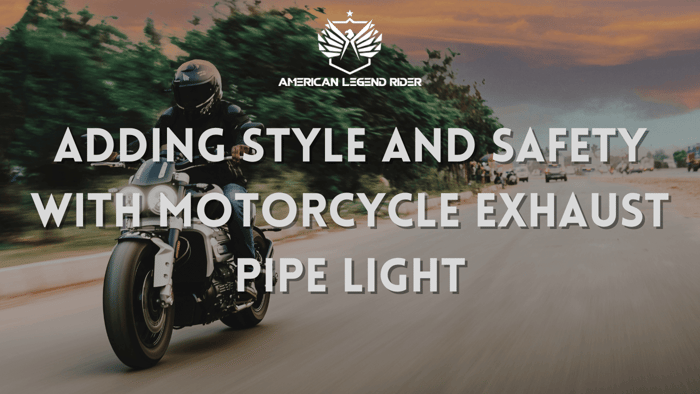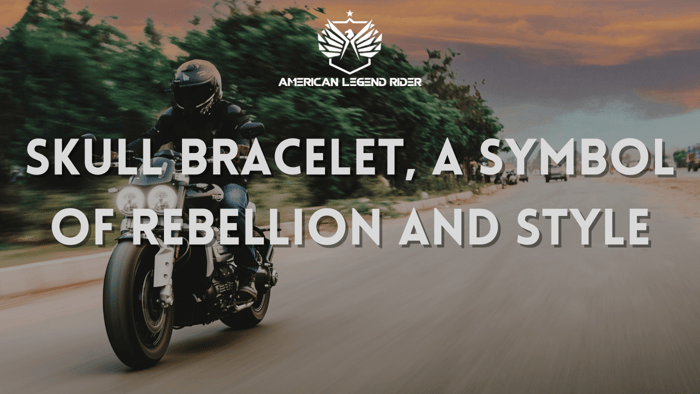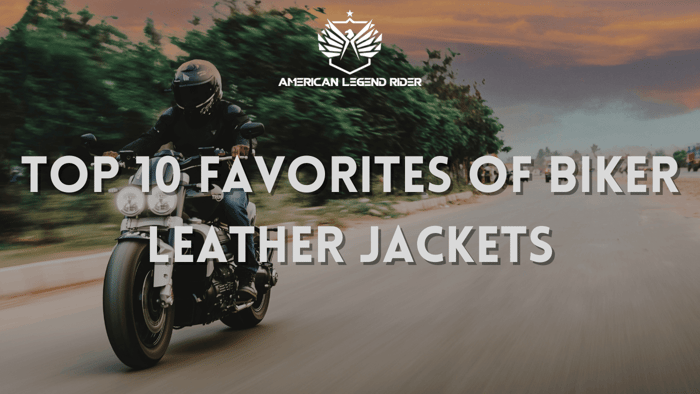Your motorcycle helmet serves as your primary defense in case of an accident. Most people agree that wearing a helmet is crucial for motorbike riders as it offers significant protection. Almost all states (49 in total) have enacted a helmet law, with 21 states implementing a universal helmet law that mandates wearing a helmet for all riders. The remaining 28 states require helmets for specific types of riders, rather than all riders. It's worth noting that New Hampshire is the sole state without a motorcycle helmet law. Although you must wear a helmet as per the law, there are no regulations specifying the type of helmet you must wear.
There are at least six different types of helmets available to you. If you are just starting out and wondering which the best motorcycle helmet is, then you may want to look carefully at each specific helmet type and whether it fits your riding needs.
There are times when you decision will boil down to personal preference, but more often, there are more important factors such as style, budget, weather conditions and comfort that determine which type of helmet you ultimately go for. This guide is meant to help you make the best decision when buying your next helmet, putting the most important factors into consideration.
Before we dive in to the different types of motorcycle helmets, let’s look at essential things to keep in mind for your ideal helmet.
Always buy a new helmet
It may be tempting to save the extra buck buying a second hand helmet, or an older helmet that looks fine to your naked eyes. But this is where the troubles begin. An old helmet can be damaged in ways that are not immediately visible to your naked eyes and in most cases, it is hard to know the full history of the helmet use. Whether it has ever been subjected to an accident that made its structure weak. For this reason, your protection may be compromised should you get involved in an accident. On the other hand, old helmets may not have the protection capabilities of modern helmets.
The modern helmet is a result of years of testing and study to ensure the best impact protection. It is hard to find a good enough helmet that is from the earlier generation before 1990. These older helmets may not meet the AS1698 standard which has modern materials and offers better protection.
The main components of a motorcycle helmet
As we’ll see in this guide, different helmets have different constructions, design and styles. But the basic structure of all helmet types is the same.

- Outer shell- a rigid outer shell acts as the first line of defense of any helmet. The rigid outer shell is made out of impact-resistant and puncture-resistant material, to help absorb impact. The outer shell can be made out of various materials including fiberglass, thermoplastic, tricomposite, or carbon fiber. The two main materials of manufacturing the outer shell are made out of thermoplastic and fibre.
- Inner shell- the inner shell consists of an impact absorbing liner material that is glued to the outer shell. It is usually made out of advanced polystyrene, incorporating various layers with varying densities so that it deforms easily upon greater impact.
- Inner padding- an inner padding can be found once we turn the helmet and look inside. The inner padding foam is designed to provide maximum comfort and fit. It can also be made of cloth for better cushioning upon day-to-day use. To ensure greater comfort, the inner padding is made of breathable materials that help wick away sweat keeping you dry and cool. The inner padding is optimized for better comfort by not having any seams which may feel rough on your skin. In some cases, the padding can be removed for washing and then reinstalled.
- Retention system- a retention system helps keep your helmet on your head during a crash, preventing it from flying. Usually a chin strap is the most common retention system in many types of helmets.
Types of motorcycle helmets
As we mentioned before, there are six different types of helmets, varying in design and shape. Here, we take a look at the most common types of biker helmets and their best use.
Full face helmet

A full face motorcycle helmet is considered the safest type of motorcycle helmet. It is also the most popular type of helmet in the market today. A full face helmet offers coverage to your head and neck protecting you from imminent impact. It has a chin bar, the most distinguishing feature that other helmets lack. The chin car is the most crucial part of this helmet, and also the part that is more likely to encounter impact during a fall. According to numerous studies on helmet damage, the chin is susceptible to 50% of severe impacts during a collision. A full face helmet can offer the protection to your chin and jaw.
You can wear a full face helmet no matter what type of motorcycle your ride. Depending on the type of riding that you do, a full face helmet may be designed differently. For example, sport riders usually opt for a full face helmet with a higher chin bar and a visor opening that is angled towards the top. The reason for this is to optimize for high speed riding and prevent wind from lifting the helmet. For cruisers, tourers and adventure riders, a helmet with a lower chin bar and a visor opening is preferred as they mostly ride in an upright position.
Full face motorcycle helmets come with features such as vents for better airflow and ventilation. Vents also allows sweat to evaporate creating a cooling effect while also reducing fogging.
Modular helmets

Also known as flip-up helmets, modular helmets are a mix between a ¾ helmet and a full face helmet. The chin bar and visor can open up the front of the helmet forming a wide opening. Modular helmets are ideal for hot weather riding as well as low-speed city traffic where greater visibility is needed. With the visor down, the modular helmet offers the same protection as a full face helmet.
The main advantage of modular helmets is their versatility as they can be flicked up to allow you to take a drink or talk to the person next to you so you don’t have to remove your helmet. They are however heavier and bulkier compared to a full face helmet due to the extra moving parts and bracing.
This type of helmet is ideal for cruisers, tourers and adventure riders as it is designed with an upright riding position in mind. Modular helmets also have the advantage of more accessories such as Bluetooth, and dual visor system, one that can have an anti-fogging coating.
Open face (¾) helmet

An open face helmet, also known as open helmet, covers the top, back and sides of your head while leaving the face open. This type of helmet is popular among café racers, tourers, cruisers and scooters. The main advantage of an open face helmet is the open feel of the wind on your face and skin. An open face helmet lacks a chin bar making it less safe than a full face helmet or a closed modular helmet. In terms of structure strength and build quality, open face helmets offer the same kind of protection as a full face helmet except to the exposed areas. They also are much lighter due to the absence of a chin bar. By wearing an open face helmet, you will also leave yourself exposed to harsh weather conditions such as rain and snow and exposed to road debris.
Half Helmet

Half helmets only cover the top of your head and the area just above your forehead. It offers the least protection of all helmet types. Half helmets are often used by bikers and classic bike enthusiasts who conform to minimal regulations. Half helmets are often lighter, offer great visibility and more comfortable to wear. They offer no face protection and have poor aerodynamic performance. You should always wear goggles when wearing a half helmet to reduce the risk of serious eye injury.
Motocross MX Helmet /Off road/ Dirt Bike Helmet

Motocross helmets are designed for a specific purpose-off-roading and are often more aggressively designed. They have an extended chin guard and visor which leads to a more open design suitable for the off-roading experience. You can wear goggles together with the sun visor and still enjoy great protection and functionality, even though it may not be as protective as a single visor. The overall protection will be similar to that of other helmets. Motocross helmets are less aerodynamic than a full face helmet. The lack of proper aerodynamic is known to accelerate fatigue among riders especially on the longer journeys.
Dual Sport Helmet(Crossover/ADB/Enduro/Hybrid)

A dual sport helmet is a crossover between an off-road helmet and a full face helmet. The exterior styling features are very similar to a full face helmet albeit with a more pronounced visor and extended chin. The visor is aerodynamically designed with a chin bar that is designed for better soundproofing.
The kind of motorcycle helmet you should wear largely depends on the type of riding that you will be doing and also the riding conditions you will be exposed to. Keep in mind that protection is the most important factor you should consider when choosing a particular type of motorcycle helmet.
